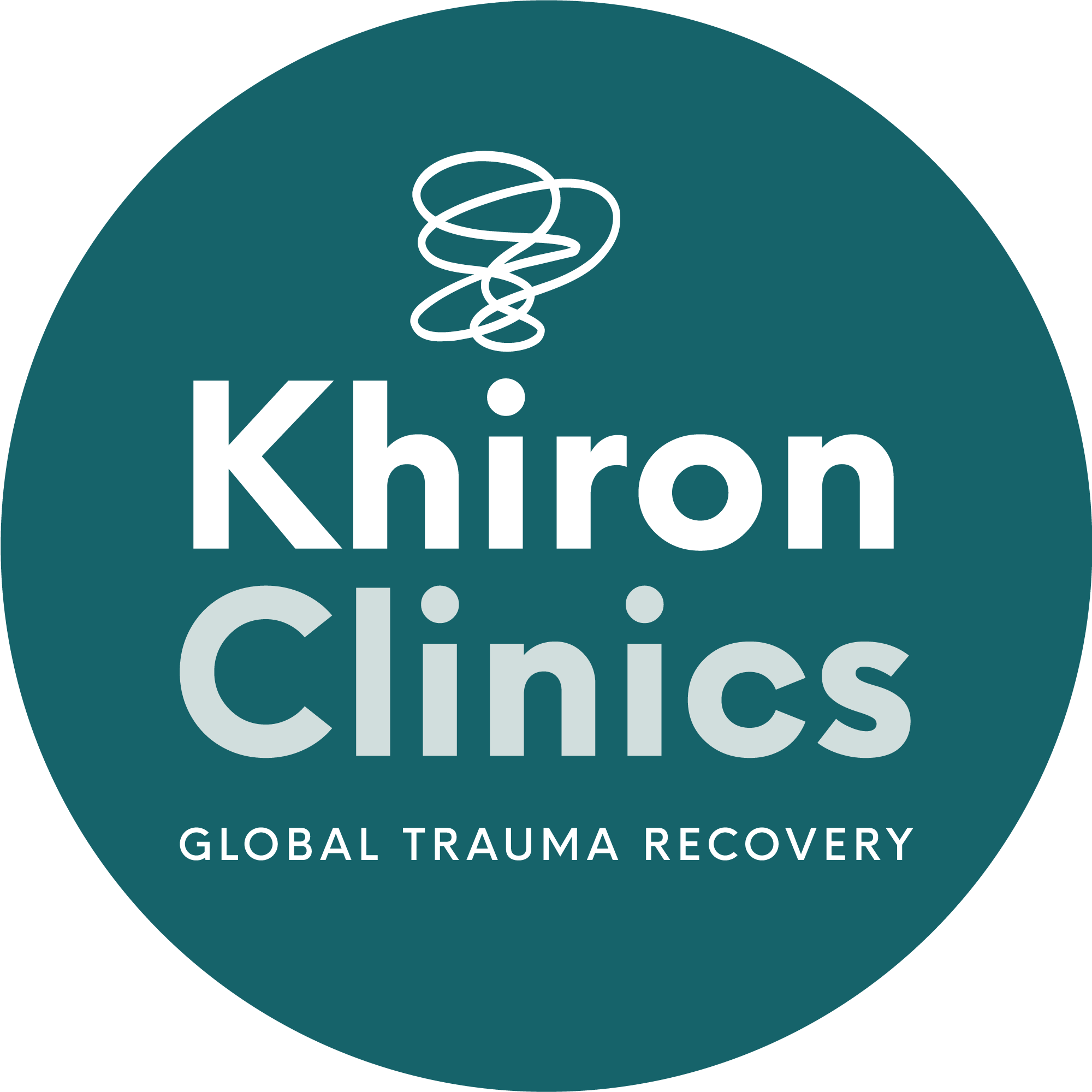General Adaptation Syndrome (GAS) is a psychological condition founded by Hans Selye as a way of explaining the disintegrative effect of stress over time without suitable or effective coping strategies. ‘Anything that causes stress endangers life, unless it is met by adequate adaptive responses; conversely, anything that endangers life causes stress and adaptive responses[1]’
History of General Adaptation Syndrome
The theory is an amalgamation of Cannon’s theory of homeostasis, Frank Hartmann’s general tissue hormone theory of the corticoids, Dustin’s observations on the caryoclastic poisons, the post operative disease the curative action of fever, foreign proteins and of other non-specific therapeutic agents, the nephrotoxic sera of Masugi and the Goldblatt clamp for the production of experimental renal hypertension.[2]
Selye wrote that at first these concepts had no relationship and there was no obvious reason why there should be; however after years of research he began to notice “bridges” between these concepts and began to develop theories to help improve the treatment of diseases.
Whats in the name?
Selye labelled this process general because it was produced only by agents which have a general effect upon large portions of the body, adaptive because it stimulated defence and, thereby, helped in the acquisition and maintenance of a state of inurement, and syndrome because its individual manifestations are coordinated and, even partly, dependent upon one another[3]
The process of General Adaptation Syndrome
Selye states that the process of GAS is specific and the same for every person, however the effects of GAS can vary, according to a plethora of external and internal factors in one’s life. The process Selye outlines is in three categories; the alarm reaction, the resistance stage and the exhaustion stage.
The alarm reaction
According to Selye, as a command is being considered and responses are preparing to be delivered, specific cells in the hypothalamus are being ‘alerted’ which causes a stimulation of the automatic nervous system (ANS) in the initial ‘shock’ phase. Following this, a general breakdown of resistance follows. The duration of this stage can be momentary, or up to 24 hours depending on the severity of the stressor, and the level of resistance the individual possesses.
A secondary shock phase can follow is the stressor is persistent or if the person it is affecting is vulnerable, or both. This phase is known as the ‘flight or flight’ response, whereby the sympathoadrenal medullary system is stimulated to release catecholamines, which is comprised of epinephrine and norepinephrine. Epinephrine causes increased lung capacity, pupil dilation, blood pressure, heard rate and perspiration amongst others, and norepinephrine causes sodium retention and potassium secretion. The release of catecholamines triggers corticortrophin and then adrenocorticotripic hormones which are carried through the vascular system, directly affecting the adrenal cortex and disrupts the regulation of hormones known as the corticoids. These hormones are responsible for maintaining healthy functioning in all parts of the body and when disrupted can cause a range of issues, including peptic ulcers and suppressed immune inflammatory reactions.
Resistance stage
This stage of GAS is characterised by a significant reduction in the alarm reaction, as a person develops a resistance against the stressor. Developmental, or homotropic adaptation to stressors can be identified as the tissues intensifies in order to surpass the stressor. The body will try and work at a higher rate while the adaptation process takes place, meanwhile heterotrophic adaptation involves readjustment and transformation of tissues in order to carry out further processes, which all aim to help the body survive, and coexist with the stressor
Exhaustion stage
If the body is not able to go back to its normal state, or homeostasis, or the stressor has been so overwhelming due to its severity or lack of resistance, the third stage of exhaustion follows. This stage can feel very similar to the primary alarm stage; endocrine activity is increased, cortisol levels significantly increase and circulate throughout the system which negatively impact on digestive, circulatory, immune systems, to name a few. At the exhaustion stage it is possible that permanent damage to the system as a result of continued disruption and impaired functioning as resistance levels are not able to keep up with the continued force of stressors.
GAS and Health Conditions
The general adaptation syndrome is believed to play a large part in why stress leads to such a wide, and far reaching range of health issues and conditions. Stress affects our body’s normal functions, disturbing the natural balance, or homeostasis, which is vital for healthy bodily functions. GAS is understood to reduce life expectancy, as the strain it puts on our body speeds up the aging process. In order to combat diseases and other health complications related to stress, it is important to practice stress relief and relaxation, in whichever form is preferred. Over time, if resistance to stress is worn away it leaves the body far more susceptible to what is known as the ‘exhaustion’ period, whereby inflammatory diseases are prevalent. Continuing to build resistance to stress and practicing coping strategies will help improve overall health and wellbeing, as well as preventing diseases[4]
If you have a client, or know of someone who is struggling to find the right help for any form of mental health issue, including stress, reach out to us at Khiron Clinics. We believe that we can improve therapeutic outcomes and avoid misdiagnosis by providing an effective residential program and out-patient therapies addressing underlying psychological trauma. Allow us to help you find the path to realistic, long lasting recovery. For information, call us today. UK: 020 3811 2575 (24 hours). USA: (866) 801 6184 (24 hours).
Sources
- https://www.ncbi.nlm.nih.gov/pmc/articles/PMC2038162/?page=1 – accessed 11/01/2020
- ibid.
-
Selye, H. (1976b). The stress of life (Rev. ed.). New York, NY: McGraw-Hill
-
https://pdfs.semanticscholar.org/8bdd/71f8ffa51174d160fd67ef99139b243f6dce.pdf – accessed 11/01/2020



